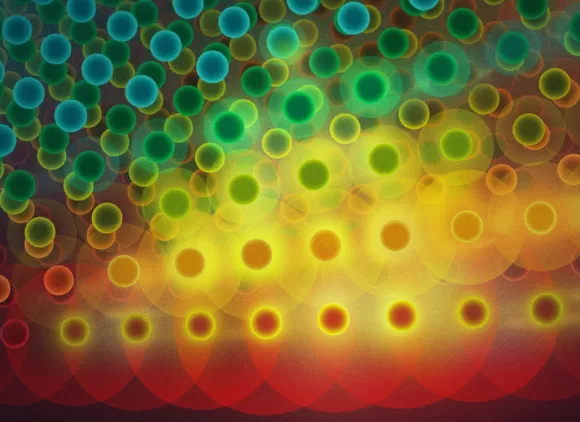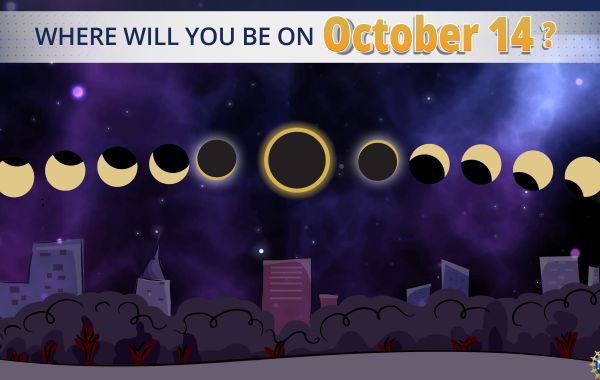About the series
An annular solar eclipse will be visible in the U.S. on Oct. 14. Join NSF for a day of fun educational events and safe solar viewing.
An annular solar eclipse is when the moon blocks out most of the surface of the sun, leaving only a bright circle of light. From Oregon to Texas, this "ring of fire" eclipse will be fully visible as it passes over the U.S. in a path about 125 miles wide. Outside of that path, a partial eclipse will be visible in the rest of the continental U.S.
NSF, NOAA and NASA are jointly hosting a full day of activities and presentations in Albuquerque, New Mexico and Boulder, Colorado. Scientists will be present at both events to answer your questions and talk with you about why they study the sun, the significance of space weather and what we can learn from solar eclipses.
Attendees will be provided with special-purpose eye protection (glasses or solar filters) so they can safely look at the sun.
Albuquerque, New Mexico
- Events begin at 8 a.m. local time at the Anderson Abruzzo International Balloon Museum in conjunction with the Albuquerque International Balloon Fiesta.
- The ring of fire will be fully visible in Albuquerque and will reach annularity (maximum occlusion) around 10:30 a.m. Mountain time.
Boulder, Colorado
- Events begin at 8 a.m. local time on the Norlin Quad at the University of Colorado Boulder.
- The ring of fire will be mostly visible in Boulder and will reach its peak occlusion (about 80%) around 10:30 a.m. Mountain time.
Can't make it to the events?
- Watch a livestream of the eclipse on NSF's YouTube channel.
Remember, it is never safe to look at an annular solar eclipse without special-purpose eye protection. Looking directly at the sun without eye protection can cause serious eye damage or blindness.
Learn how to view safely with NSF's solar eclipse safety factsheet.


